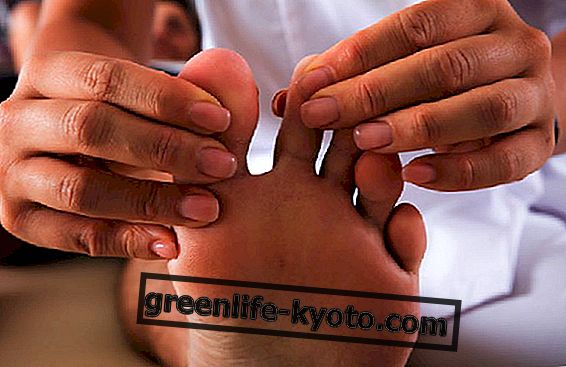
Orthomolecular medicine: what it is
Orthomolecular medicine consists of a nutritional therapeutic practice. This alternative therapy involves balanced nutrition and an ad hoc dosage of vitamins, dietary minerals, enzymes, antioxidants, amino acids, essential fatty acids, pro-hormones, probiotics, dietary fibers and short-chain intestinal fatty acids. Targeted at the biochemical rebalancing of the subject, orthomolecular medicine is based on the assumption that the disease, or disorder, is always due to an imbalance of these compounds and can be treated by retouching the diet.
In this way, the therapy recreates a balance at the cellular level, triggering the healing processes based on the body's ability to heal itself. Although acting on very complex biochemical processes, orthomolecular medicine is able to suggest relatively simple solutions, essentially based on eating habits and lifestyle .
Orthomolecular medicine: benefits and contraindications
According to orthomolecular medicine, a right integration with nutritional substances of real quality is able to put a subject back into shape and make up for the increasingly present subcarbs. These usually manifest themselves with very general symptoms such as tiredness, headache, continuous need to eat or mood swings and, generally, are not found with normal blood tests, but by other tests, such as the mineralogram.
In fact, our food is no longer so rich in nutritional substances. The pollution in the air, in the waters and in the earth has unequivocally contaminated the products and, also through the industrial processing, the good part of the nutritional elements, is destroyed. Science has long since established that integration through nutritional substances is preventive and therapeutic. We are therefore lacking in nutritional substances, which is why supplementation with nutritional substances is becoming increasingly popular.
Orthomolecular medicine: for whom
Among the most interesting orthomolecular diseases, AIMO reports menopause, osteoporosis, arteriosclerosis, back pain, candida, constipation, depression, mental disorders and intestinal irritation. There are also orthomolecular therapies that intervene in situations of autism and cancer. Professor RJ Williams has developed the concept of " biochemical individuality ", a basic principle of orthomolecular medicine. It describes it as follows:
" Each individual has his own diet of nutritional substances. Although the list of necessary nutritional substances is the same for everyone, the individual quantities we need must not necessarily be the same for each individual ."
This means that each person has his own subjective need for nutritional substances. Because of our genetic predispositions, the biochemistry of our body works in each of us in different ways. The need for nutritional substances of our cells is individual and different from person to person: what may be enough for one, may be insufficient to another. Much depends on the type of constitution that we find ourselves and the kind of life we lead.
Orthomolecular medicine: the law in Italy and abroad
In Italy, orthomolecular medicine was introduced in 1993 by Prof. Adolfo Panfili, commissioned by Pauling himself. Panfili founded the AIMO, the International Association of Orthomolecular Medicine. The AIMO represents the only structure recognized by Pauling with the task of spreading this branch of medicine, today widespread and exercised by many doctors throughout the world. In the United States, the fact that in 1994 the legislation, with the Nutritional Help and Education Act, nutrients did not pass under the supervision of the FDA (Federal Drug Administration - the equivalent of a Ministry of Health) certainly played a favorable role. ) that wanted to declare them as medicinal or 'additive', thus liberalizing their sale as food products and thus opening up the possibility of academic research in this field and all that this entails.
In Europe, instead, outside the Netherlands (which recently introduced a clear legislation that adheres to the principle of freedom of formulation with regard to the essential elements, with the exception of vitamin A and D for which it was established a maximum dosage, as an overdose could cause problems) and England (which 'historically' freely sells nutrients as food), other countries, at least officially, still adhere to the dosages illustrated in the RDA / LARN (the so-called minimum recommended dosages), while it is expected that the EEC, through the Scientific Committee, will determine the new regulations that, in many now, are awaiting.
Orthomolecular medicine: curiosity
We are talking about a relatively young discipline. The origins of orthomolecular medicine date back to 1940, the year in which dr. Frederick Klenner, a doctor from North Carolina, was experimenting with the use of massive doses of vitamin C for polio treatment.
Although his studies are considered to be without scientific validity, Klenner is usually mentioned as the precursor of nutritionist or orthomolecular medicine. This last term, in fact, was used for the first time in 1986 by dr. Linus Pauling, twice Nobel laureate, to express " the idea of the right molecules in the right amount ".













